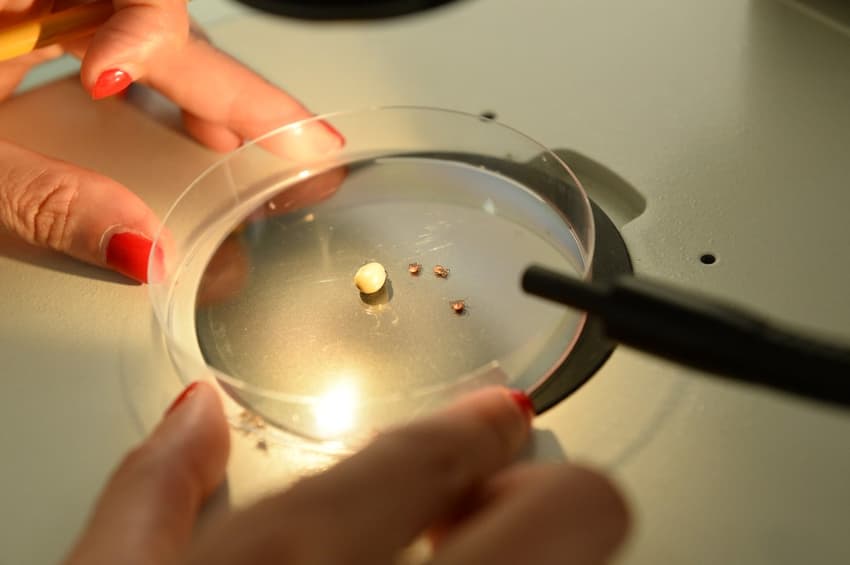Danish project aims to map out ticks and their bites

Ticks, a small insect that can bury itself in the surface of the skin and carry a small risk of causing serious illness, are to be mapped in Denmark with the help of the public.
A research project out of Roskilde University aims to map the prevalence of ticks in wild areas across Denmark.
“It is very valuable. Ticks are spread out everywhere in nature so it’s hard for us as individuals to find out how many ticks there are in Denmark and how often you’ll encounter them,” professor of molecular and medical biology Karen Angeliki Krogfelt, who is leading the project, told news wire Ritzau.
Krogfelt and colleagues from Roskilde University are gathering data on the insects using information submitted by the public.
So far, the project has received over 2,600 registrations of tick and tick bites from residents in Denmark, via the specially-purposed website flåtinfo.dk.
Ticks (skovflåter or flåter) can be found all over Denmark in forests, meadows, and long grass. They are particularly active during the summer months and increase in number if the weather has been warm and humid.
Earlier this year, a surge was reported in the number of people in Denmark getting vaccinated against tick-borne encephalitis (TBE) this year.
Although ticks are common in the Danish countryside, the chances of getting TBE from a bite are very slim. Tick bites can also cause borreliosis, also known as Lyme disease.
READ ALSO: What you need to know about ticks in Denmark and how to avoid them
Krogfelt also said that the research project can help shed light on other diseases ticks might carry and potentially transmit to humans through bites.
“This can also help doctors to know which diseases to look for after tick bites. Because when people get bitten by a tick they only think of Lyme disease, but we know that ticks carry several diseases,” she said.
The research is part of a broader EU project on ticks, in which seven countries in the North Sea region are collaborating.
Comments
See Also
A research project out of Roskilde University aims to map the prevalence of ticks in wild areas across Denmark.
“It is very valuable. Ticks are spread out everywhere in nature so it’s hard for us as individuals to find out how many ticks there are in Denmark and how often you’ll encounter them,” professor of molecular and medical biology Karen Angeliki Krogfelt, who is leading the project, told news wire Ritzau.
Krogfelt and colleagues from Roskilde University are gathering data on the insects using information submitted by the public.
So far, the project has received over 2,600 registrations of tick and tick bites from residents in Denmark, via the specially-purposed website flåtinfo.dk.
Ticks (skovflåter or flåter) can be found all over Denmark in forests, meadows, and long grass. They are particularly active during the summer months and increase in number if the weather has been warm and humid.
Earlier this year, a surge was reported in the number of people in Denmark getting vaccinated against tick-borne encephalitis (TBE) this year.
Although ticks are common in the Danish countryside, the chances of getting TBE from a bite are very slim. Tick bites can also cause borreliosis, also known as Lyme disease.
READ ALSO: What you need to know about ticks in Denmark and how to avoid them
Krogfelt also said that the research project can help shed light on other diseases ticks might carry and potentially transmit to humans through bites.
“This can also help doctors to know which diseases to look for after tick bites. Because when people get bitten by a tick they only think of Lyme disease, but we know that ticks carry several diseases,” she said.
The research is part of a broader EU project on ticks, in which seven countries in the North Sea region are collaborating.
Join the conversation in our comments section below. Share your own views and experience and if you have a question or suggestion for our journalists then email us at [email protected].
Please keep comments civil, constructive and on topic – and make sure to read our terms of use before getting involved.
Please log in here to leave a comment.